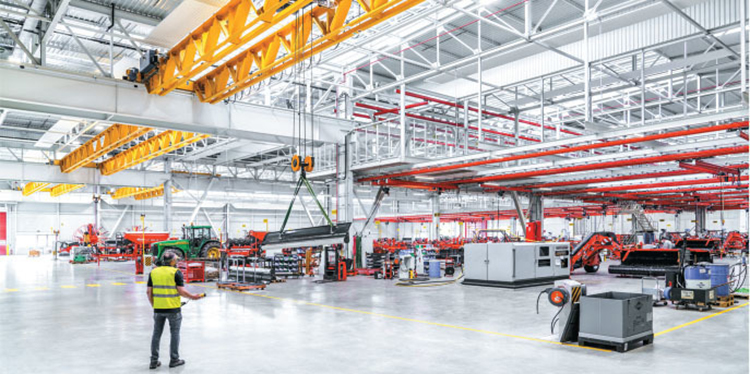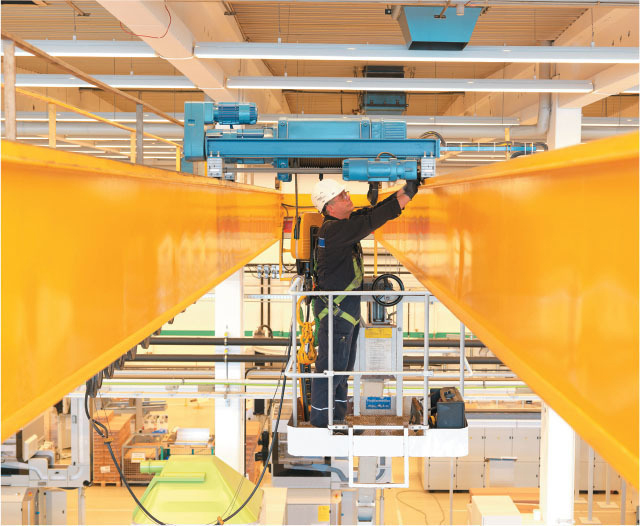
To help owners design, install, and operate the most reliable, dependable, and safest equipment possible, the industry groups of the Overhead Alliance of MHI routinely release new and updated standards and specifications. The publications cover overhead cranes, monorails, hoists, and workstation cranes and are the leading resource for the safe construction and utilization of overhead lifting systems. Comprised of the Crane Manufacturers Association of America Inc. (CMAA), the Monorail Manufacturers Association Inc. (MMA), and the Hoist Manufacturers Institute Inc. (HMI), the Overhead Alliance works together to promote overhead safety.
Why the Overhead Alliance?
CMAA, MMA, and HMI are made up of manufacturers of those respective products, said Laura Antenucci, marketing manager for MHI member Demag Cranes and Components Corp. The manufacturers and other experts come together on a rolling basis to update the specifications and standards pertaining to each group, she explained. The three overhead industry groups create and promote these technical standards to give end users a basis for equipment selection, operation, and service of the equipment.
“This is great because it has the potential to enhance safety for everyone. That includes from the specification process through operator use. And also, later when technicians are called for equipment inspections and maintenance on overhead cranes, monorail cranes, and hoists,” she said. “When the manufacturers of this industry come together to develop these standards, we can help enhance safety for everybody.”

Overhead Safety Standards Preferred
For example, the strong engineering and technical focus of CMAA membership enables the organization to create engineering specifications, safety and operational guidelines for the overhead lifting industry, said Dan Beilfuss. He currently serves as CMAA’s vice president and is general manager of MHI member Magnetek, Columbus McKinnon Corp.
“CMAA specifications are the preferred design standard of top-running and under-running electric overhead traveling cranes. They are associated with safe, optimal designs,” Beilfuss said.
The new specification development cycle runs roughly every four to five years. The latest — CMAA Spec 76: Jib Cranes — has a release date scheduled for 2023.
“Through the regular cadence of developing and improving these specifications, CMAA works to ensure safe and proper design guidelines. These cover the mechanical, electrical, and structural design of overhead cranes for use in their intended applications,” Beilfuss said. “This helps provide uniform quality and performance of overhead lifting equipment by member companies and manufacturers following CMAA specifications.”

Overhead Alliance is a Unique Situation
The Overhead Alliance’s job is to market the standards and specifications of the three industry groups to the appropriate potential customers, added Dustin Krauth. Krauth is the national sales manager for MHI member TC/American Crane Company.
The member company representatives do this via search engine optimization of website content and blog posts on overheadlifting.org. They also produce and release educational videos, webinars, and seminars.
“Personally, I feel this is a unique situation,” Krauth said. “That’s because direct competitors work together to help build, maintain, and promote standards and specifications for the industry.”
A recent article in MHI Solutions magazine offers an overview of the latest standards from the Overhead Alliance groups. Read it here.



